From an early NI emulation to trackers and more, some of the best soft synths and effects ever made are now lost to the inexorable march of technology—time to look back at a time when even software had a physical presence.
Can plugins be vintage? That was the question that kicked off research for this story. Vintage synthesizers, drum machines and effects continue to be popular, with plenty of clones of classic gear occupying store shelf space alongside brand-new releases. Who’s buying out-of-date music-making software though?
The first VST came out in 1996. Some music-making software predates even that. However, unlike physical instruments, which can continue functioning as long as the components inside hold up, software is dependent on the computer and operating system running it.
As we update to the latest and greatest, developers stop supporting old software. Unless you make a point of freezing a system as is or buying a vintage computer like an Amiga or Commodore 64, you’ll have no way to run the old software—at least not without an emulator. This is unfortunate, as some really great software is no longer viable.
Presented in no particular order, here are 10 pieces of vintage music-making software that we think are the best of the dead.
Native Instruments Pro-53
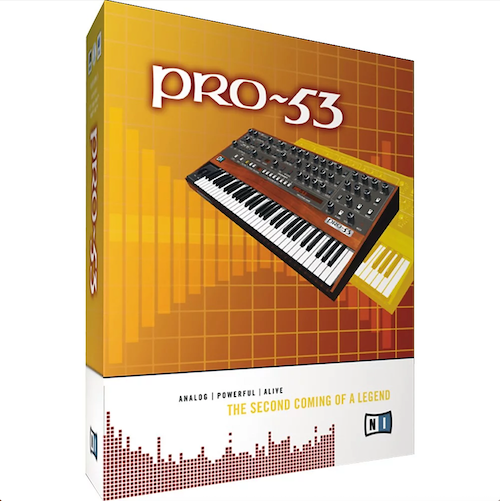
Last year, Native Instruments announced that it would no longer be supporting Absynth, a soft synth that first debuted in the year 2000.
That same year, NI also debuted the Pro-Five, an emulation of Sequential Circuits’ famous analog poly synth, Prophet-5. It was a big deal at the time and offered musicians a way to get at the famous Prophet sound without shelling out for hardware. NI soon upgraded it to the Pro-52 and finally the Pro-53 in 2002.
With 32 voices of polyphony (the original Pro-Five was unlimited!), exciting new functions (at the time) like MIDI learn for mapping to controllers and retriggering envelopes, Pro-53 was at the cutting edge of soft synths. NI stopped selling it in 2008 though. For a walk down memory lane, check out this still-live Walmart page.
Camel Audio CamelSpace and CamelPhat
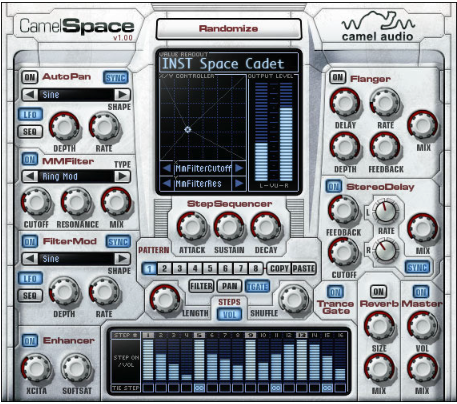
Camel Audio was a developer famous for Alchemy and a few effects plugins, notably CamelSpace and CamelPhat. The former was a gated multi-effects processor great for rhythmic weirdness, while the latter combined distortion, EQ, compression and flange into a single, useful plugin. They both sounded great. There was even CamelCrusher, a free distortion effect.
Apple bought Camel Audio in 2015, folding its effects plugins into Logic. PC users, however, were left high and dry by this acquisition. There are a lot more great-sounding effects plugins now than there were 10 years ago when Camel Audio was in its heyday, but for some, these originals can’t be beat.
CamelCrusher is still available for download, though it doesn’t seem to work on Mac anymore.
Cycling ’74 Pluggo
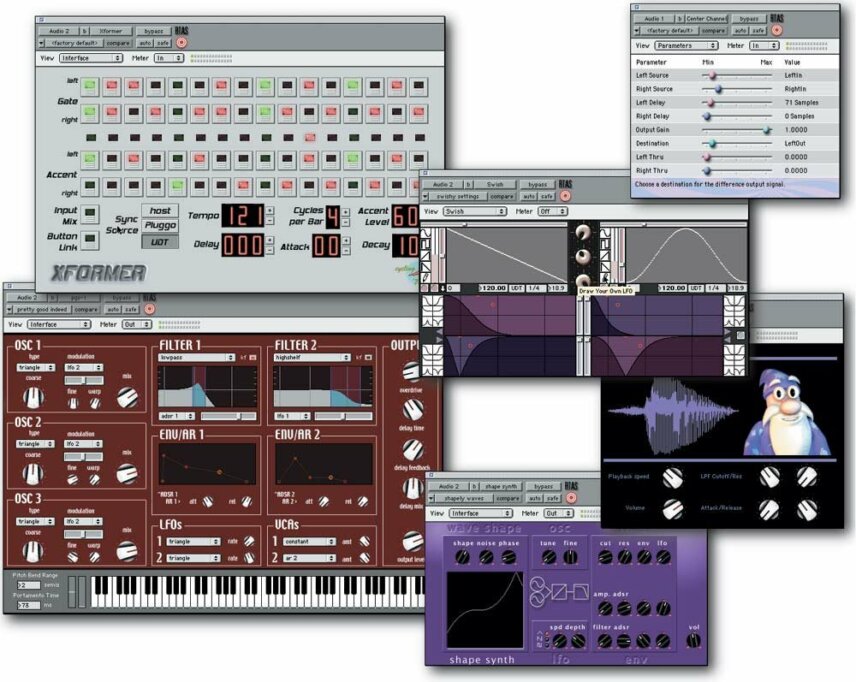
Cycling ’74 is best known now for being the developer behind Max for Live, although they have a long and interesting career making unique sound manglers. The company was originally founded in 1997 and one of their more popular releases was Pluggo.
A suite of weird and wild plugins, the 2000s package contained more than 100 effects and instruments. It came in a box (remember when software had a physical presence?) and was great value for money. While the GUIs were bare bones, the sounds you could create were cutting-edge and perfect for experimental music, as you’d expect from the team behind Max.
If you have an older machine, you can download it from Cycling ’74’s discontinued page. There’s also a version called Pluggo for Live that runs in Max for Live.
Propellerhead ReBirth RB-338
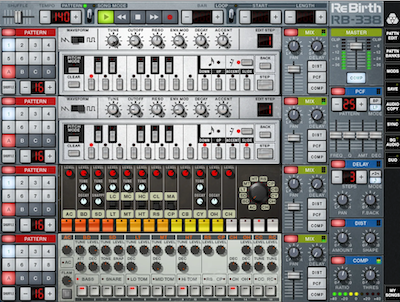
For those of us of a certain (old) age, Propellerhead Software’s 1996 ReBirth RB-338 was a fun emulation. For many, though, it was their first musical instrument.
A complete package in one stacked GUI, the standalone ReBirth-338 included two emulated TB-303s and a sample-based TR-808 and TR-909. It also featured effects, meaning that you could make basically complete songs with it. It was great fun, and for a long time, it was the only way to get an emulated 303 in your rig.
Propellerheads stopped selling the program in 1999, but it showed up again on iOS in 2010. Roland put an end to that in 2017, however. You can currently download ReBirth-338 for free if you have a system old enough to run it.
Native Instruments iMaschine
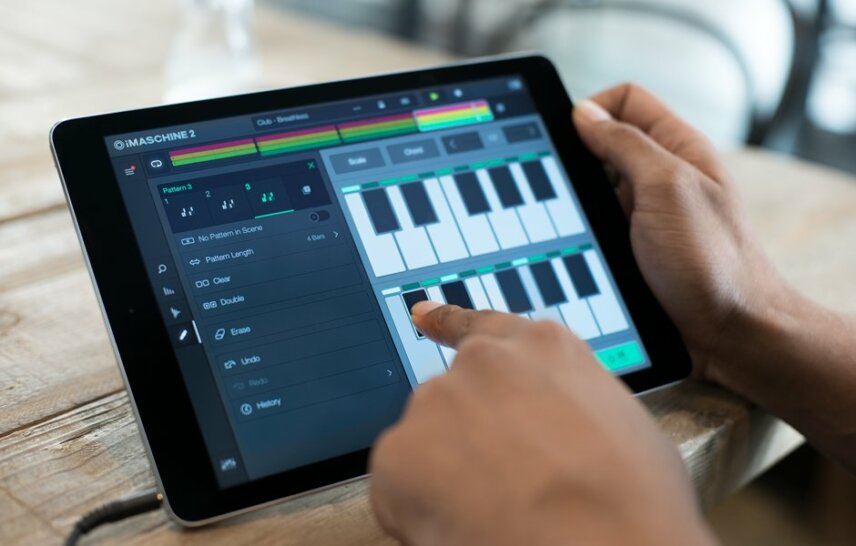
Speaking of iOS, Apple’s iPhone and former iPad operating system is littered with great apps that are no longer supported. One of those is iMaschine, the app version of Native Instruments’ long-running Maschine software.
With the standard grid of buttons, sounds from actual expansion sets and the ability to export as a file you can open in the desktop version, iMaschine was a super fun way to bash out beats on the bus. As with a lot of other stellar iOS programs though, it’s no longer supported. Bummer as it was tons of fun.
Syntauri alphaSyntauri
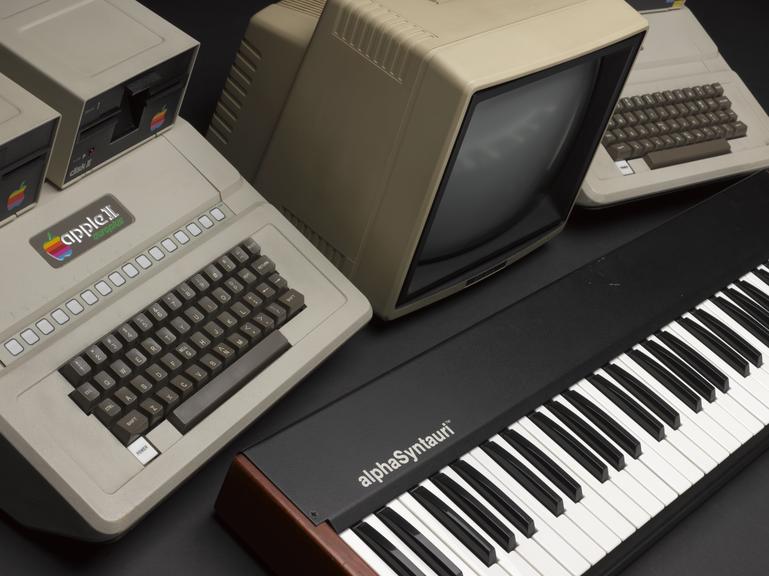
Here’s one going way back to 1980. At the time, digital synthesizers were mind-bogglingly expensive. To make their synth affordable, Syntauri sold the alphaSyntauri in software form to use on the Apple IIe or II+. You could also get a velocity-sensitive keyboard for it, surely one of the first piano-style keyboard peripherals.
An eight-bit additive synthesizer, alphaSyntauri had 16 oscillators and was eight-part multitimbral. Not bad for 1980. You could also get MetaTrak, a 16-track sequencer program, for it.
The company went out of business in 1984 but you can still hear what the program sounded like thanks to Audio Damage, which sells a plugin emulation called Phosphor. You can even get the first version, which is no longer supported, for free.
Native Instruments NI-Spektral Delay
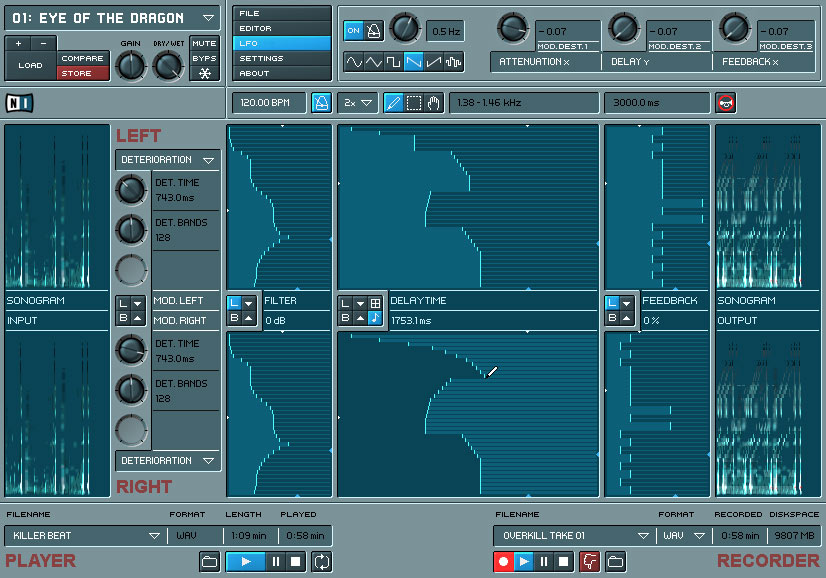
Now here’s an effects plugin that really should still exist. NI-Spektral Delay (from Native Instruments, of course) sounded like nothing else in 2001 when it came out – and still doesn’t.
NI-Spektral Delay used FFT (Fast Fourier Transformation) to split the stereo signal into individual frequency bands, with level, delay and feedback adjustable for each band, plus modulation. All this resulted in a beautiful and glitchy effect that’s all over IDM and laptop records from the early 2000s.
Until we get an emulation, Melda Production’s MSpectralDelay does similar things, although in practice it’s a somewhat different beast.
C-Lab Creator
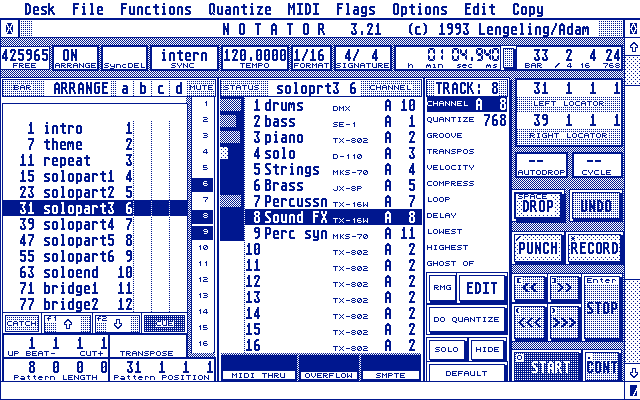
The late 1980s saw a big change in the way people made music, with home studios becoming more popular. The Atari ST computers helped this along, coming with built-in MIDI ports on the side plus rock-solid timing.
One of the more popular sequencing programs was Creator by C-Lab. You could sequence up to 99 patterns, each with up to 64 tracks. C-Lab combined it with Notator in 1992, allowing you to compose using musical notes. These would eventually be rolled into a little program called Logic, with the company changing their name to Emagic. Apple would buy Emagic and Logic in 2002, making it a Mac-exclusive piece of software.
Rob Papen Predator
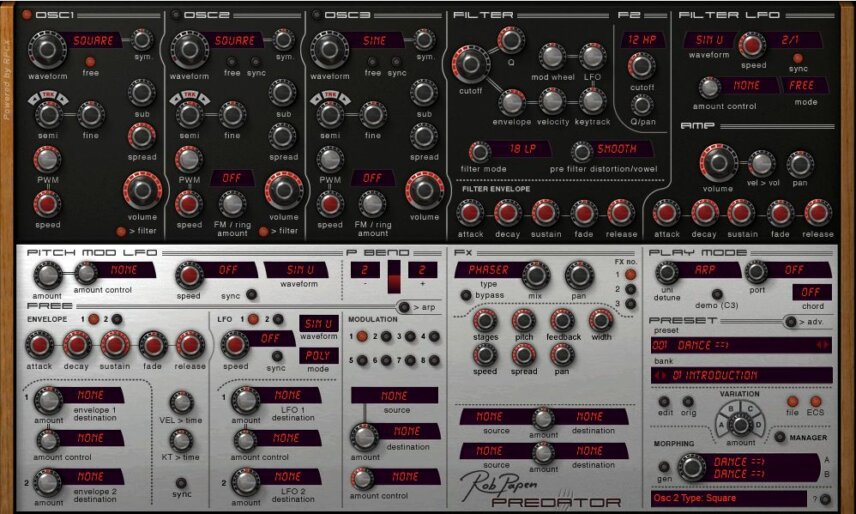
Developer Rob Papen has built a career out of making quality instruments and effects with a focus on dance music and other kinds of electronic genres. Predator – as the name suggests – was for hard-hitting sounds. He even sold it in EDM and Urban editions.
A hybrid synth, Predator featured both virtual analog and wavetable synthesis, a common thing now but fairly new at the time. With three oscillators, lots of effects, and some unique synthesis parameters, it had a full sound too.
Rob Papen is still at it, and Predator is up to version three now. For another blast from the past, check out the revitalized Albino-3 Legend, the 2006 plugin now compatible with modern operating systems.
RBF Software OctaMED
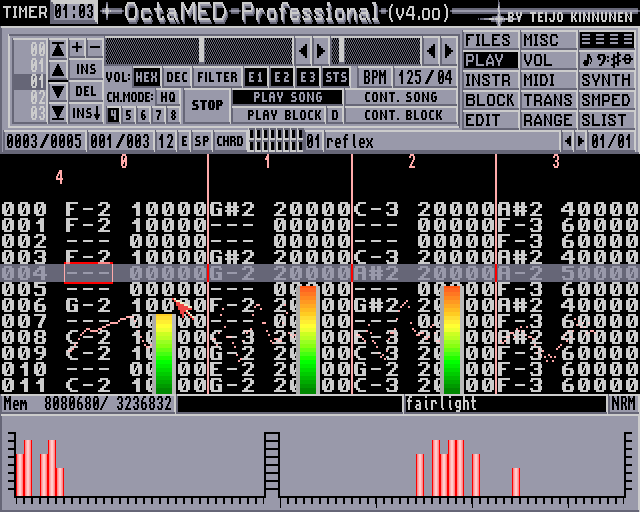
In 1989, developer Teijo Kinnunen dropped a little program called MED for the Amiga, the follow-up to the popular Commodore 64. In 1991, he unleashed OctaMED, a beefed-up version with MIDI and eight independent channels.
OctaMED was a tracker, a sequencer that flows from the top of the screen down and displays notes as blocks. This unusual approach has been harnessed by jungle and IDM producers to create some of the greatest music ever made.
There’s a whole modern Amiga music-making scene that we’ve covered before, but you don’t need an actual Amiga to get into trackers. There are plenty of emulations for PC and Mac. There’s even a tracker DAW called Renoise.

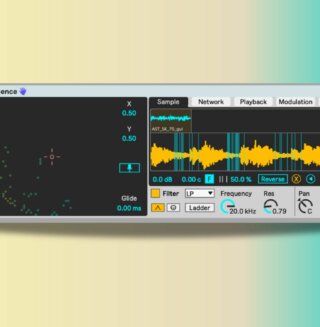
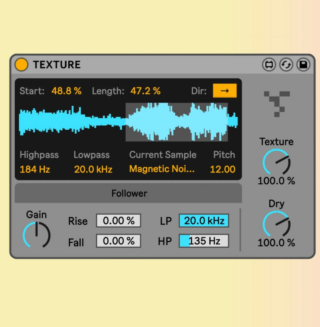
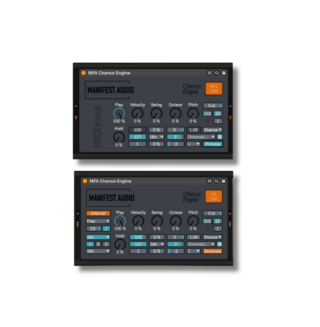
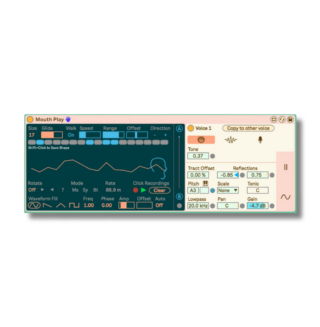
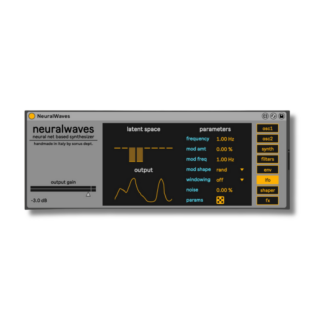
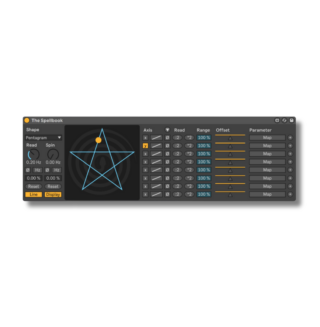
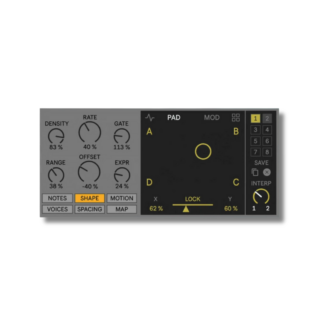
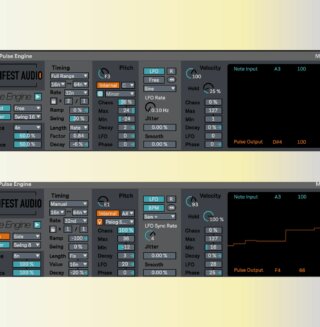
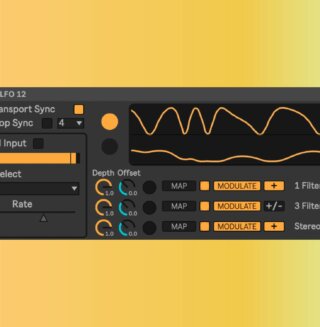
03.59 PM
OMG!!! I adore this article. And what nostalgia to feel when I realized you embedded one of my videos — that sure takes me back and forward again. Y’know, the Pro-53 filter lives on in Guitar Rig 7 Pro. I smiled seeing hints of its UI. Thank you for including me in this historical roundup.
I remember a time when I was obsessed with jBridge, because a lot of my fave 32-bit plugins hadn’t yet gone 64-bit for Ableton. So I found it very useful for awhile.
One of the GREATEST that I’d like to add to this list: AdrennaLinn Sync. You could put in a solid sawtooth chord and it’d weave it into animated MAGIC! Anyone who knows it, the hairs on the back of your neck will prick up. There is NO OTHER PLUGIN to this day that comes close to its unique combo of features (I’ve requested others to “come close and go beyond” but action has not been taken), especially the pitched melody generator that shaped resonant white noise into beautiful melodic patterns that synced with the rhythmic madness.
The untimely history of how copy protection, platform migration, and other “unfortunate everything everywhere all at once” boondoggled this beautiful beast is somewhat relayed here: https://www.kvraudio.com/forum/viewtopic.php?t=437086
Should anyone be reading this and able to transform dreams into realities — have at it. I’m sure there’d be a lot of gratitude, smiles, and sales, if this was pitched properly (hah!).
04.02 PM
I hope my last comment made it through… 🙂
05.18 PM
What was that synth on MacOS where you painted the spectrum over time. It was fantastic!
I also had one that used physical modeling to simulate metal plates and you could strike it at different points using the mouse. It sounded wonderful.
10.16 PM
Pro-53, and predator are still dope ASF! Great article yall.
02.52 AM
I would say NI Intakt, Vokator would beat out Pro-53.
03.56 AM
Seer Systems Reality
08.43 AM
Ni reaktor
10.08 AM
What a wonderful article! I wish more of the contents available online was as masterfully written . Educational, entertaining, and I’m written with love for people who love the subject matter. Respect 👊
02.53 PM
@Raymond Peck if you mean Metasynth, good news–it’s still around, actively developed, and even better!
IDK the other one but check out Physical Audio VSTs (Modus,etc) if you haven’t, they’re ace.
Great article!
03.47 PM
Wizoo’s Latigo and Darbuka deserve to be on this list. These brilliant ethnic drum loop and hit plugins were unequaled for a decade and had a unique creative way of working with the loops.
Wizoo is the company that would eventually become the AIR group, they had started making branded plugins for Steinberg, then did their own thing for a little while and had M-Audio distribute their stuff, then got bought out by Digidesign and rebranded as AIR, at which point they had to abandon all Wizoo branded IP. Luckily the same thing didnt happen when Avid sold them off to inMusic, and they were allowed to keep their products going and open them up to all platforms.
03.20 AM
I can’t find a single video with Spektral Delay. How weird is that?
09.43 PM
It’s a rabbit hole. I’m the vintage you’ve been looking for 🙂
09.50 PM
Having written music on computers for forty years, I would offer the following advice. There will ALWAYS be something you can’t load. Freeze all your tracks when you finish a session of song. Or export stems. Storage is cheap. Time isn’t. Or treat at least one of your DAWs as a multitrack tape machine and make sure everything is printed as an audio track. Label stuff. Have project folders and include your plugins and software installers in your archives. Get hold of pirate copies. The server that authorises your software now won’t be there in ten years!
11.38 PM
Hypersonic 2 and Kore 2! And I have definitely gotten them to work on up to Mac Os X Mojave and for a few seconds on Catalina so I do have hope still. I need to reinstall my OS again as soon as I can get some money to ahold of a 3 TB external drive but I will eventually try it again. I might try to do either a CashApp [$SeasonBeats] thing or other CrowdFunding thung if there’s any interest in it though.
03.54 AM
Can’t thank you enough for writing this fun and nostalgic article.
Sometimes it seems to me that the incredibly complex and feature rich software we use today is at time counterproductive due to the time needed to master it.
I know I’m old school and biased, but I still haven’t heard any modern electronica that (for me) rivals early Underworld, Orbital, Fluke, Amon Tobin and the countless junglists, D&Bers, and experimental electronica pioneers from the early to mid 90s. They invented a whole new form of music on some very primitive software and gear.